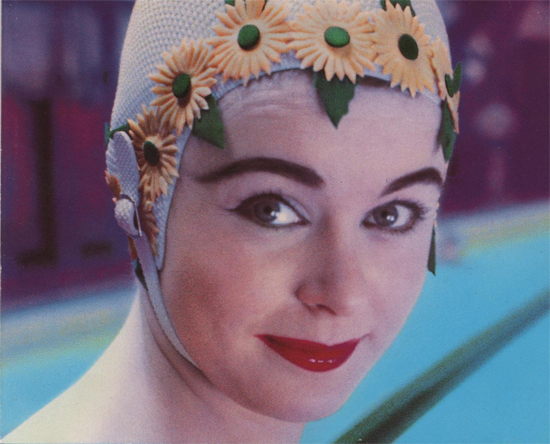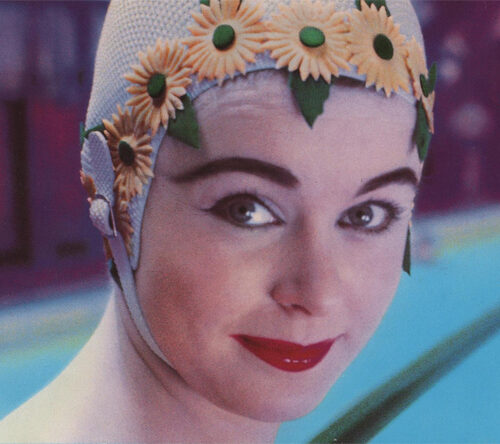Derided, unloved and forgotten. Yes, it might well be you, but in this instance I’m referring to Blur’s debut album, Leisure. It’s a release that even one of its principal architects regards as an underwhelming effort. In an interview a few years ago, Damon Albarn described the album as "awful", labelling it as one of the worst that the band had released. And this is not just revisionism. Despite enjoying a fair bit of hype, something which can cloud critical appraisal, Leisure wasn’t universally praised when first released twenty years ago this month. Andrew Collins in the NME bestowed it an underwhelming six-out-of-ten, stating: “It ain’t the future. Blur are merely the present of rock & roll."
Like an unsavoury uncle, Leisure is the family member no one talks about. The version of Blur that everyone seems to like and be comfortable with – the endlessly re-inventive masters of indie-pop – is one that was forged during the making of Modern Life Is Rubbish.
What came before might have been intermittently brilliant, showing flashes of what would follow, but is nevertheless largely ignored, dismissed as an exercise in youthful naivety. But this does their debut effort a disservice. Because not only is Leisure a pretty decent album in its own right but it’s also one that managed to capture the indie scene of the early 90s like no other.
When Blur first broke through and began putting together the songs that would make up the first album, British indie music was in a state of flux.
Madchester, the great northern beast that roared, still held sway but was a force on the wane. The great albums that emerged from that scene, such as The Stone Roses, Pills ‘n’ Thrills and Bellyaches and Some Friendly, had already come and gone when Blur were still in their relative infancy. Creatively, Madchester was a spent force, even if most of its adherents and participants hadn’t yet realised this.
Down south, in that most unlikely of creative hubs, the Thames Valley, another scene was emerging to challenge the dominance of its northern rival. Inspired by My Bloody Valentine and combining the choppy guitars of outfits such as The Jesus and Mary Chain and Dinosaur Jr. with the breathy vocals and atmospheric soundscapes produced by dream pop bands like The Cocteau Twins and This Mortal Coil, shoegaze had its eye on the main prize.
The struggle for supremacy between these two scenes would form the landscape from which Leisure would emerge. It’s perhaps unsurprising then that the album itself would come to reflect this musical tussle.
And this is best exemplified by the two standout singles taken from Leisure: the wonderfully dreamy ‘She’s So High’ and the catchy ‘There’s No Other Way’.
The swirling guitars and droning vocals of the former take their cue from the burgeoning shoegaze sound of the time – you can see a common lineage between this song and something like ‘She’s My Friend’ by Catherine Wheel.
By contrast, ‘There’s No Other Way’, powered throughout by a colossal baggy beat, is a song to rival anything ever produced during Madchester. Complete with Hammond organ, this is baggy to its core and can sit comfortably along tracks such as ‘The Only One I Know’ or ‘Fool’s Gold’. Just look at Damon’s Tim Burgess haircut in the video if you need any further proof of the song’s attempt to cash in on some imported Manc credentials.
Throughout the remainder of the album the struggle between these competing influences continues. Tracks such as ‘Bad Day’ continue to look to the north for their inspiration, whereas a song like ‘Birthday’ embraces the same blissed-out feel that would come to characterise the more ambient side of shoegaze.
Although these aren’t the only influences evident on Leisure, they are certainly the strongest. The albums that followed their debut were never as indebted to other musical scenes as this one was. And it’s this indebtedness that makes Leisure so special. The album perfectly captures what was happening at a certain point in British independent music.
But the embracing of these two separate scenes would remain interesting but ultimately unrewarding if the musical outcome itself wasn’t so impressive. Leisure contains a selection of tracks that, although not as consistently good as those that would appear on later albums, still fare well under scrutiny today.
Even Leisure’s fiercest detractors would have trouble ignoring the quality of a triumvirate as exceptional as ‘She’s So High’, ‘There’s No Other Way’ and the beautifully cinematic, ‘Sing’. These are tracks that rightfully take their place amongst the band’s finer moments.
And the rest of the album provides strong support too. ‘High Cool’ is another slice of baggy-magic, ‘Come Together’ an energetic foray with hints of early Ride, while ‘Bang’, a shuffling beast of a track, provides a glimpse of the indie-pop perfection that would one day come to characterise the band.
As an album it’s not perfect. There are tracks that fail to impress, notably ‘Wear Me Down’, a plodding dirge of a song that manages to do to your patience exactly what the title promises. But then how many debuts are perfect? Blur are not alone in delivering a first album that failed to match the hype and expectation that their earlier singles had created.
Set against its immediate successors, Modern Life Is Rubbish and Parklife, it’s perhaps understandable to see why Leisure has struggled to attract the attention it deserves. Those albums are assured where Leisure is tentative. They reflect a band confident in both their sound and the direction they are taking, something that is less evident in their debut release.
But although it might not be as good as those albums, that doesn’t mean Leisure should be dismissed. Not only does the album capture what was happening in British leftfield music of the period, but it also provides a revealing portrait of one of the country’s greatest bands in a less assured time.
It’s easy to forget that Blur were once just another indie band, one whose future success was far from obvious. Leisure is a snapshot of them in a more cautious mood, struggling to find a sound and direction of their own, less confident in stamping their own personality on the album. You could even argue that Blur seemed to be hedging their bets by trying to appeal to the followers of the two dominant scenes of the day.
But this doesn’t detract from its quality. Leisure might be derivative but Blur are still on fine form, taking the baggy and shoegaze influences and producing something greater than the sum of its parts. This is an album that deserves a revaluation – it’s high time that the gentle listeners out there started to see the pleasure in Leisure.



